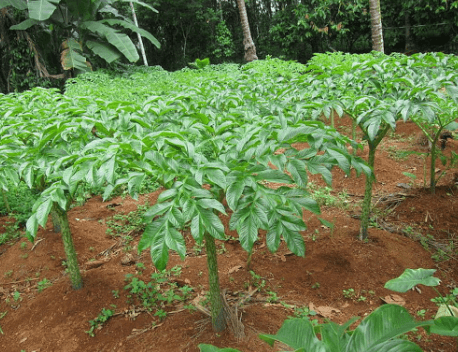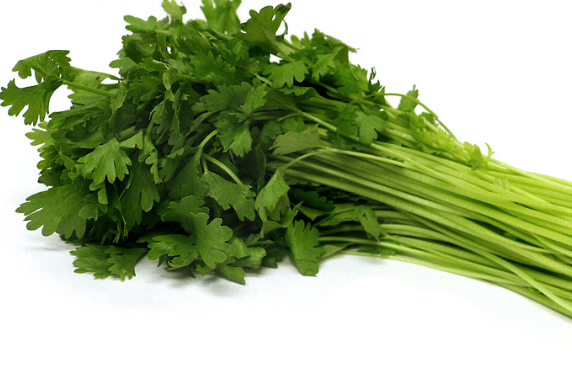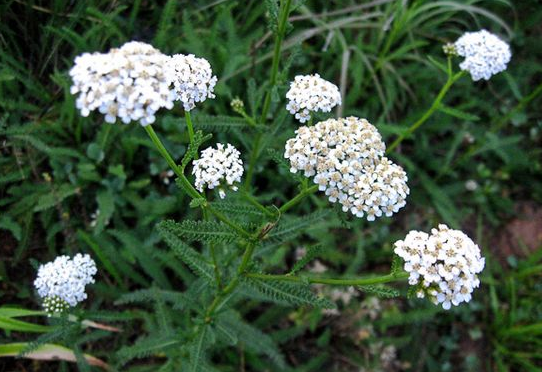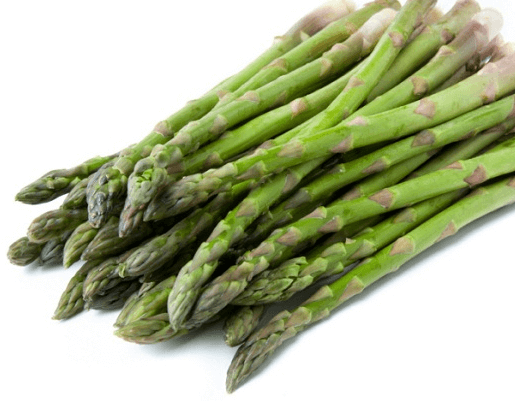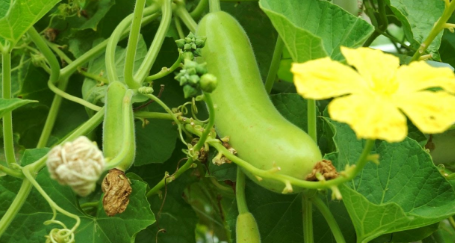Bible Gardens- History of Herb Gardens
We have always intended to create a “Bible garden”, especially after reading about one in an overseas magazine some time ago. Like a Shakespeare garden, the herbs, flowers and trees of a Bible garden need notices next to them with the appropriate quotations and the name of the herb clearly written on them.
A garden such as this need not be large, although the design would be important- a simple square with a suitable central focus, such as a bird bath or a small statue, would suffice. Paths could radiate outwards from the centre, and plants set in beds bordering the paths.
Some of the herbs quoted in the Bible are the bitter herbs such as dandelion, chicory and sorrel. Bitter herbs have a symbolic use in the Jewish annual Passover ceremony. Fennel, cumin and rue are some of the other herbs referred to in the Bible. Wormwood is mentioned in Amos 5:7
“Ye who turn judgment to wormwood, and leave off righteousness in the earth.”
Aromatic coriander seed appears in Exodus 16:31
“And the house of Israel called the name thereof Manna : and it was like coriander seed, white; and the taste of it was like wafers made with honey.”
Leeks, onions and garlic, all members of the Allium family, appear in Numbers 11:5
“We remember the fish, which we did eat in Egypt freely; the cucumbers, and the melons, and the leeks, and the onions, and the garlick.”
Other plants that could be put in or around a Bible garden, and which are all named, are broom, lilies, the cedar of Lebanon, grapevines, fruit trees, and in the right areas, date palms, sycamores, and of course, spices:
‘Spikenard and saffron; calamus and cinnamon, with all trees of frankincense; myrrh and ales, with all the chief spices.”
(Song of Solomon 4:15)
It would of course be difficult or even impossible to include the larger species and tropical plants bearing spices, because of lack of space or unsuitability of the climate but creating a garden with a meaning and a story behind it would give pleasure and satisfaction to both the beholder and the creator of the garden.
It was a wonderful experience to see the re-creation of true 17th century Culpeper garden at romantic Leed’s Castle in Kent, on a perfect summer’s day. We wandered through paths set between beds of herbs, both culinary and medicinal, as well as flowers, surrounded by low hedges trimmed in different patterns. We were grateful to the person who had so faithfully recreated this garden that it looked exactly as it would have in Culpeper’s day.

